An Architectural Stroll Through Hoboken
An easy jaunt from Brooklyn, Hoboken makes for a relaxing day trip if you want to do some architecture gazing while learning more about a city so closely connected to New York by geography and history.

Washington Street
An easy jaunt from Brooklyn, Hoboken, N.J., makes for a relaxing day trip if you want to do some architecture gazing while learning more about a city so closely connected to New York by geography and history.
While the city was officially incorporated in 1855, it was a bustling spot long before. Once a seasonal camp site of the Lenape Indians, the Dutch “bought” the land in 1658 and it became known as “Hoebuck” perhaps for high bluff, a nod to the topography of the area.
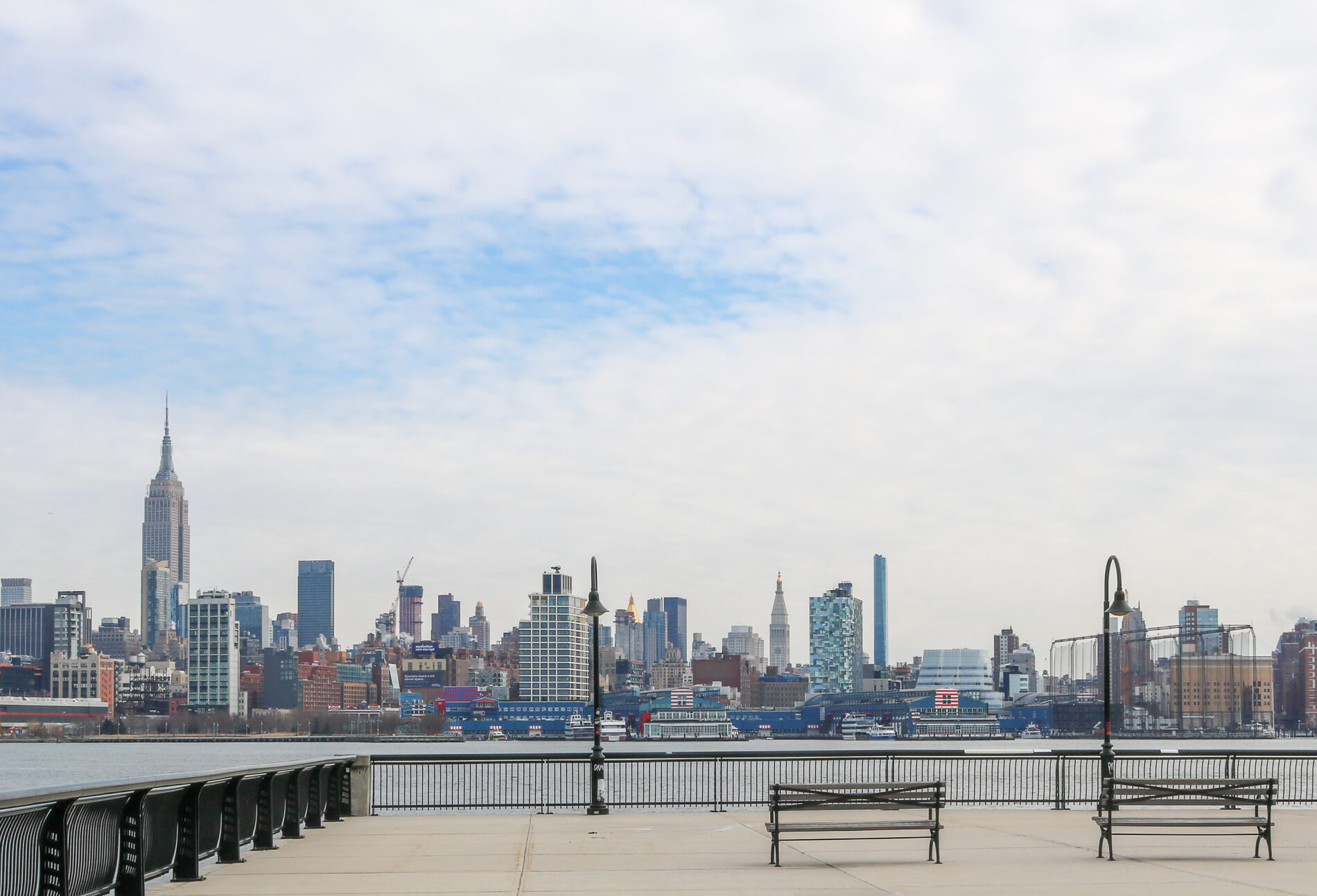
After the Revolutionary War, it was renamed Hoboken by Colonel John Stevens who saw the opportunity for the waterfront property to become a popular entertainment destination spot for New Yorkers. Stevens, a lawyer, inventor and steamship enthusiast, and his descendants would have a major impact on the development of the city.
The mid to late 19th century was a boom time in the city with its strategic location in the harbor — the waterfront was packed with factories and the docks were filled. The cargo ship heyday of the docks has now passed and swaths of the downtown waterfront have been reclaimed for pedestrians, with a river walkway offering a vantage point for spectacular views of Manhattan.
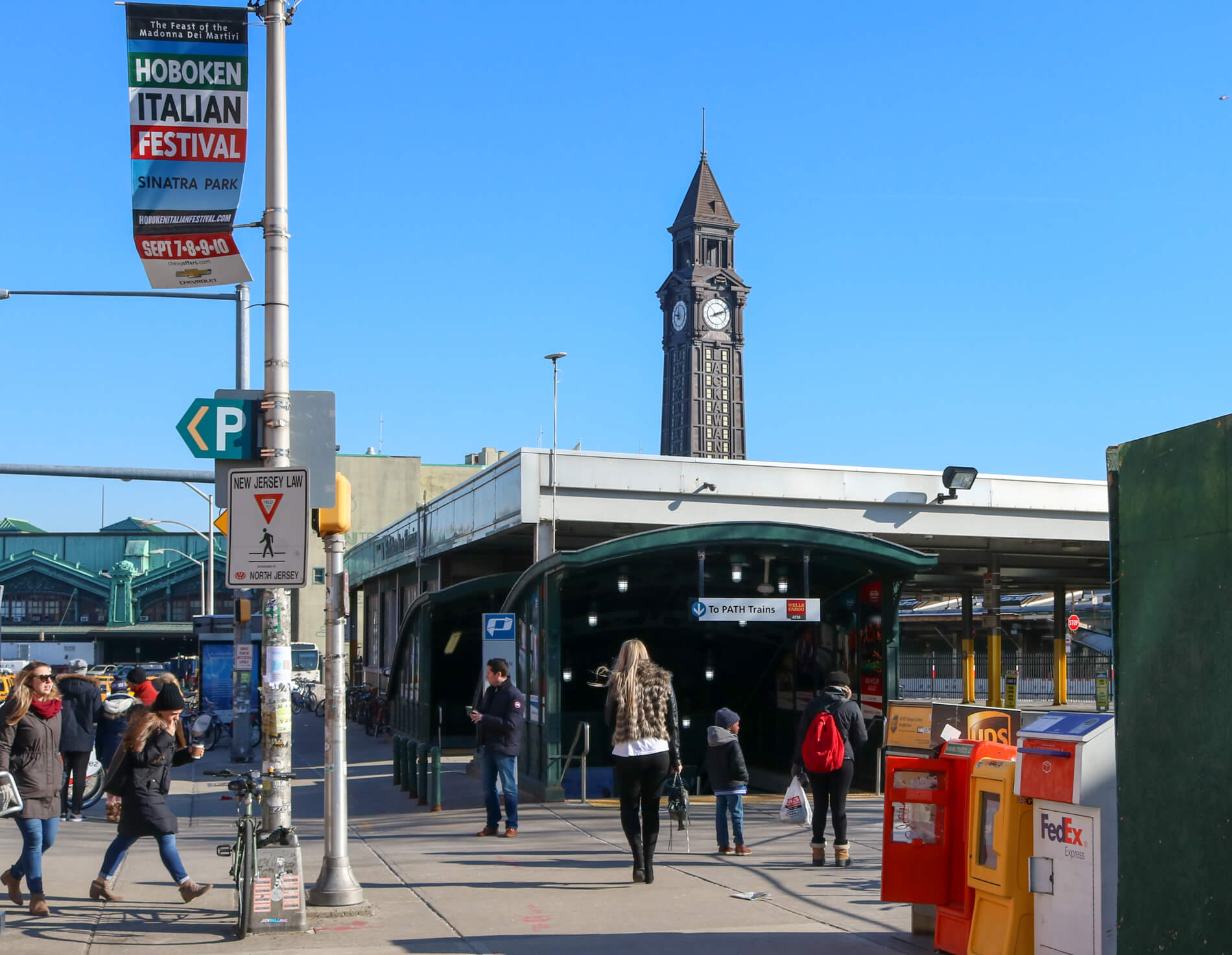
The origins of Hoboken’s “Mile Square City” nickname are a bit murky — not the least because it’s actually larger than a square mile. However, it is still compact and for New Yorkers used to pounding the pavement, it’s pretty easy to cover a lot of ground on foot.
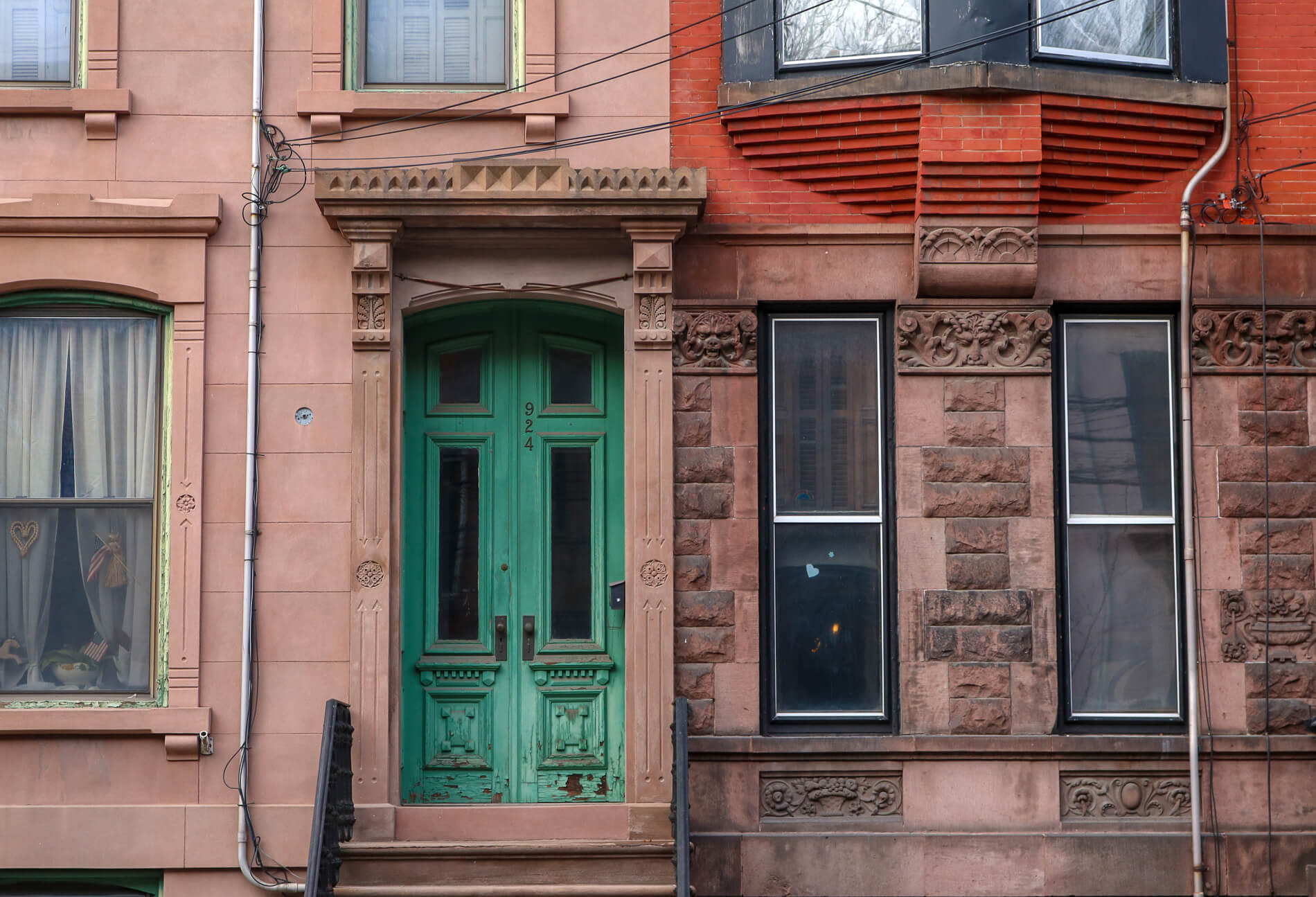
While Hoboken may get some tourist attention because of native son Frank Sinatra, its architecture alone makes it well worth a walking visit. There’s plenty of surviving 19th and early 20th century buildings — from charming brownstones to grand civic statements. Hoboken established a Historic Preservation Commission in the 1970s and there are several historic districts within the city limits.
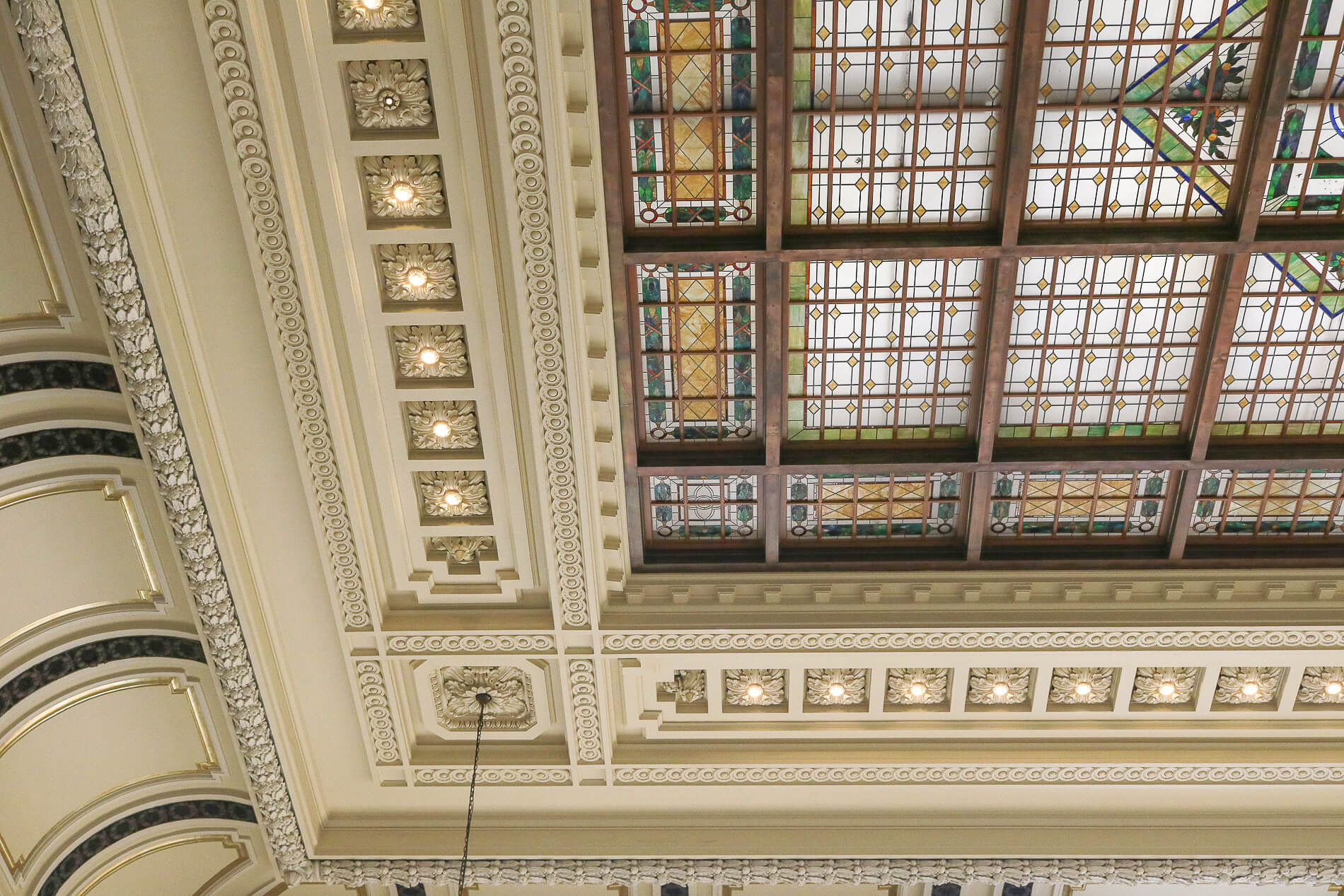
The PATH train from Manhattan has a station near the Erie-Lackawanna Terminal (aka Hoboken Terminal), a handy spot from which to start a journey. The grand Beaux-Arts structure was completed in 1907 and designed by architect Kenneth Murchison and engineer Lincoln Bush to accommodate rail and water transit. They didn’t stint on the main waiting room, with its massive stained glass skylight, ornate metalwork and grand double staircase.
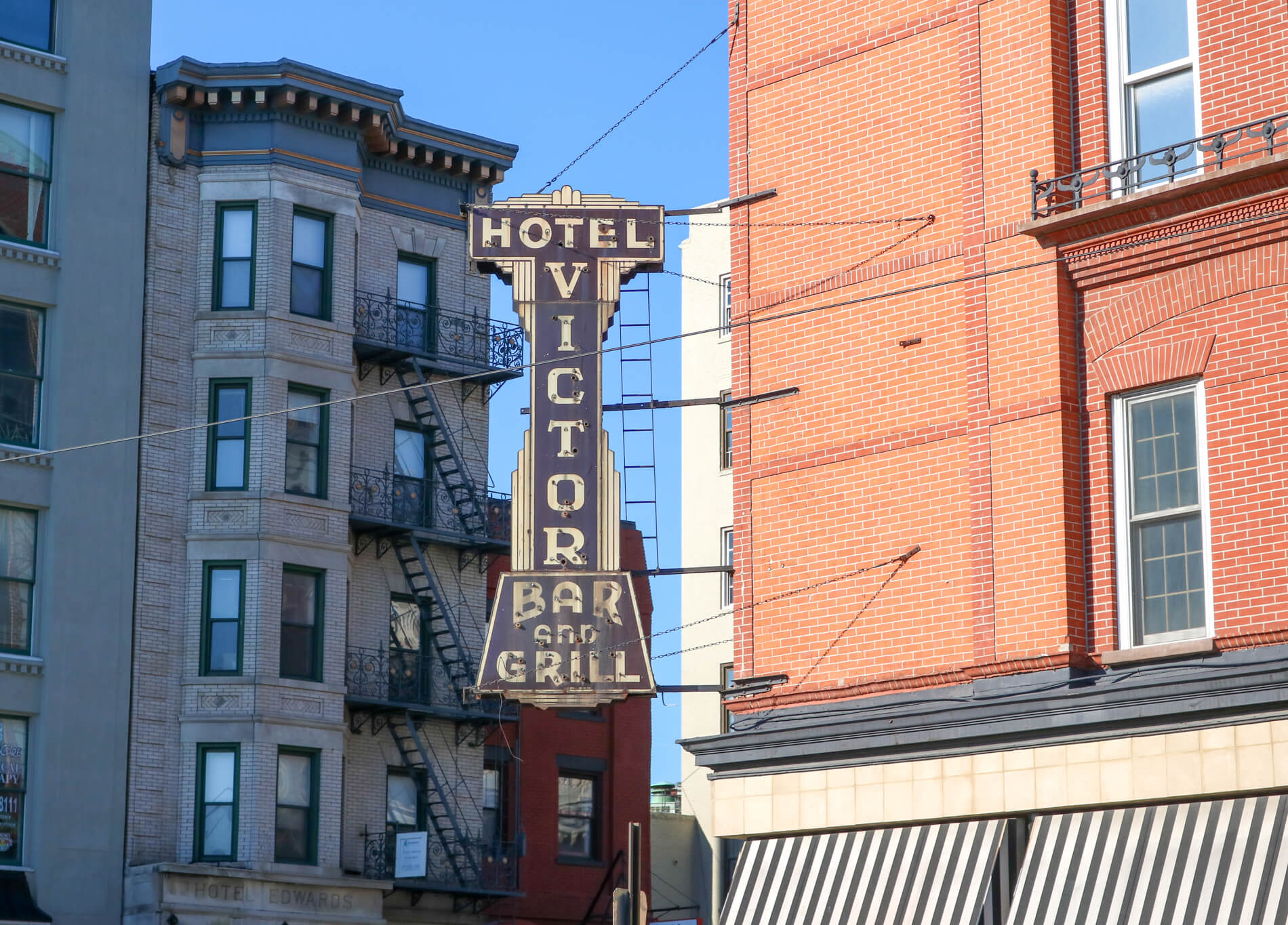
The streets surrounding the terminal were once filled with hotels for the influx of seaman, visitors and immigrants arriving in the city. Some of the buildings still survive, as does this vintage early 20th century sign for the Hotel Victor Bar & Grill.
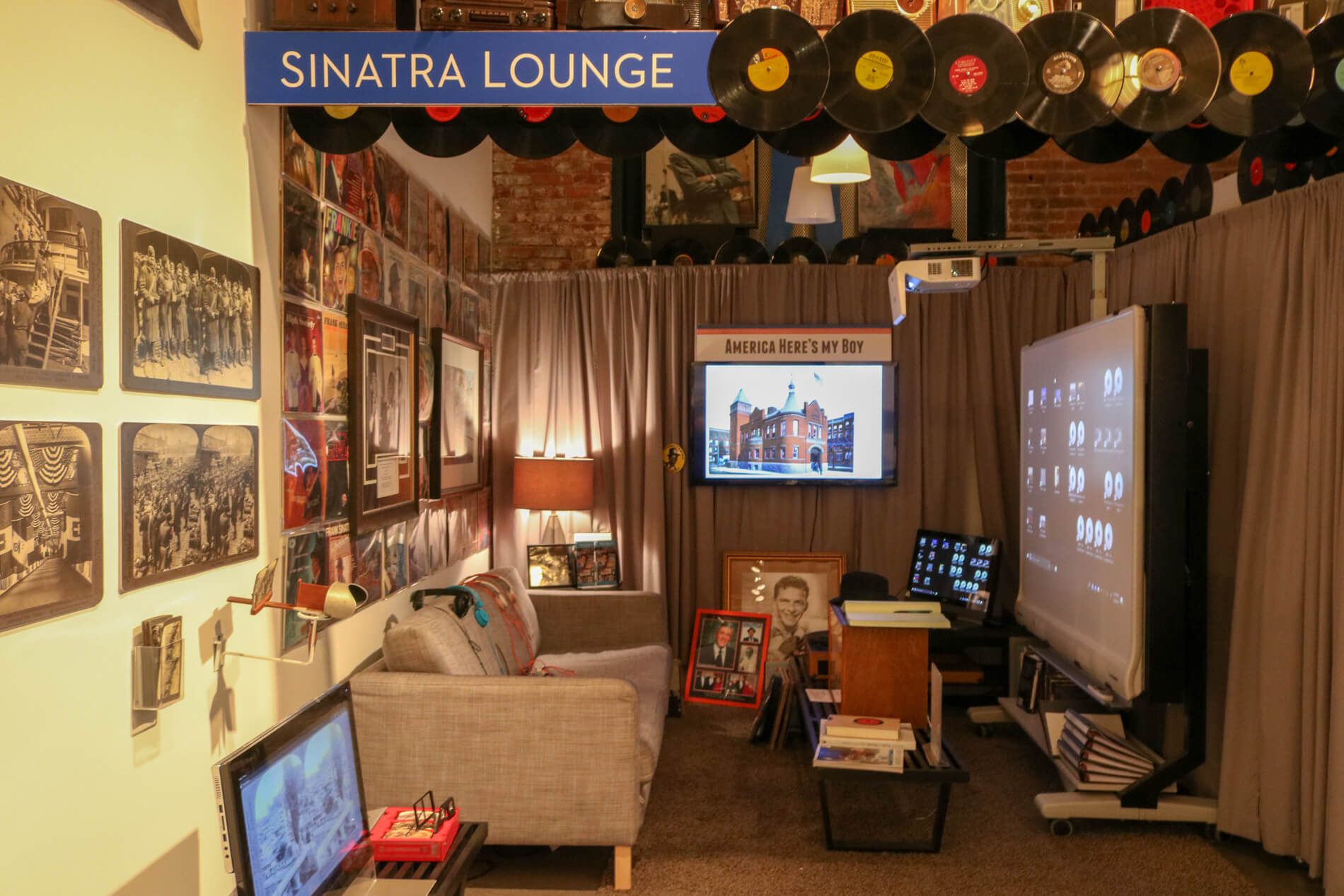
The Hoboken Historical Museum may be small, but it’s a great spot for an overview of the city. There are exhibitions, handy walking tour maps and knowledgeable volunteers on hand. If you do want to fit in a bit of the lore about the local crooner, there’s a Sinatra lounge at the museum with videos, music and even Sinatra-themed miniature rooms. For anyone who can’t make it in person to 1301 Hudson Street, their online collection is a treasure trove of historic Hoboken photos and objects.
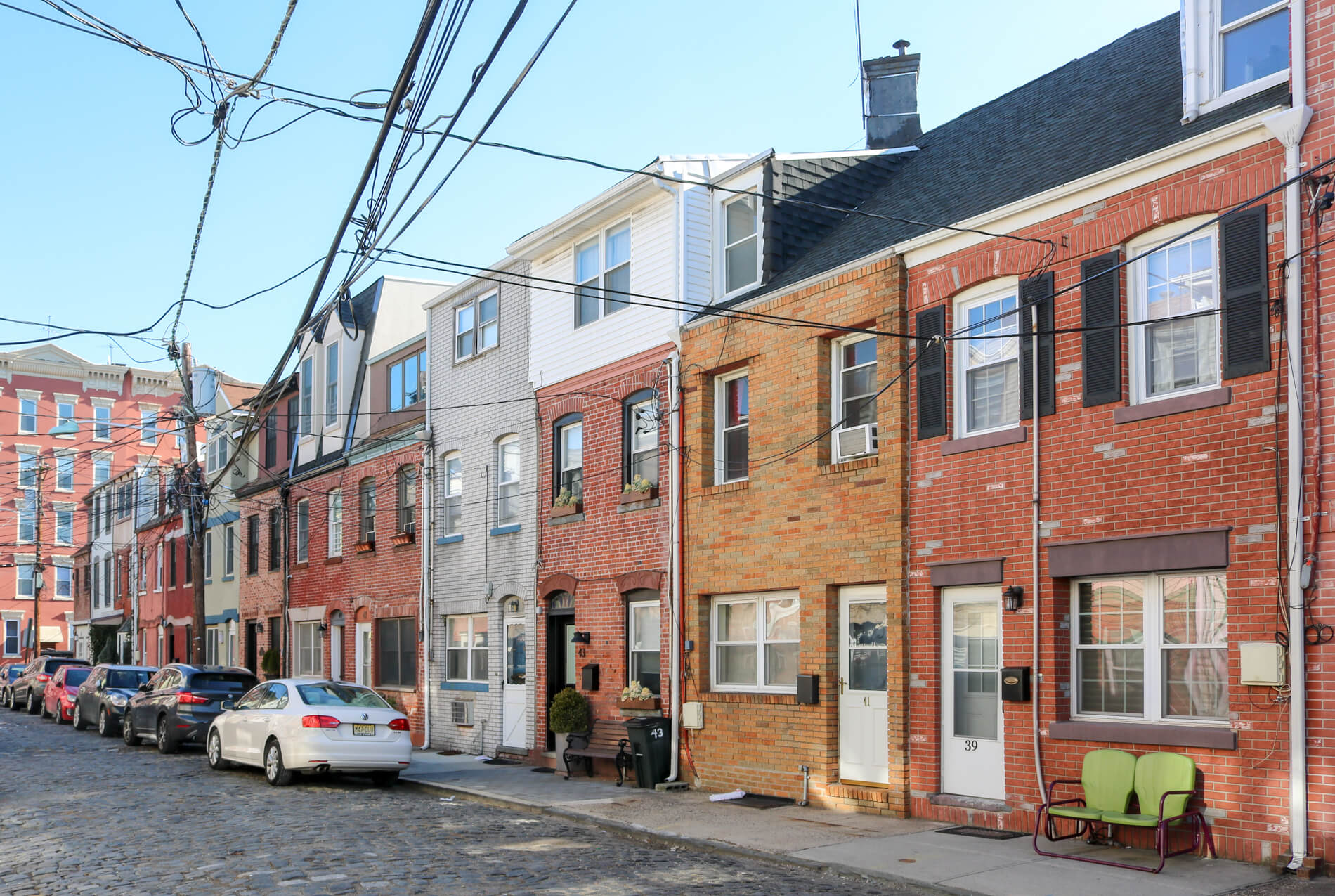
Hoboken has some charming cobblestone streets, including Willow Terrace North and South. The cottages lining the short streets were built in the 1880s for employees of the Hoboken Land and Improvement Company. Martha Bayard Stevens, part of the founding Stevens family, oversaw the construction of the houses, which were supposedly inspired by early 19th century worker’s housing in Scotland.
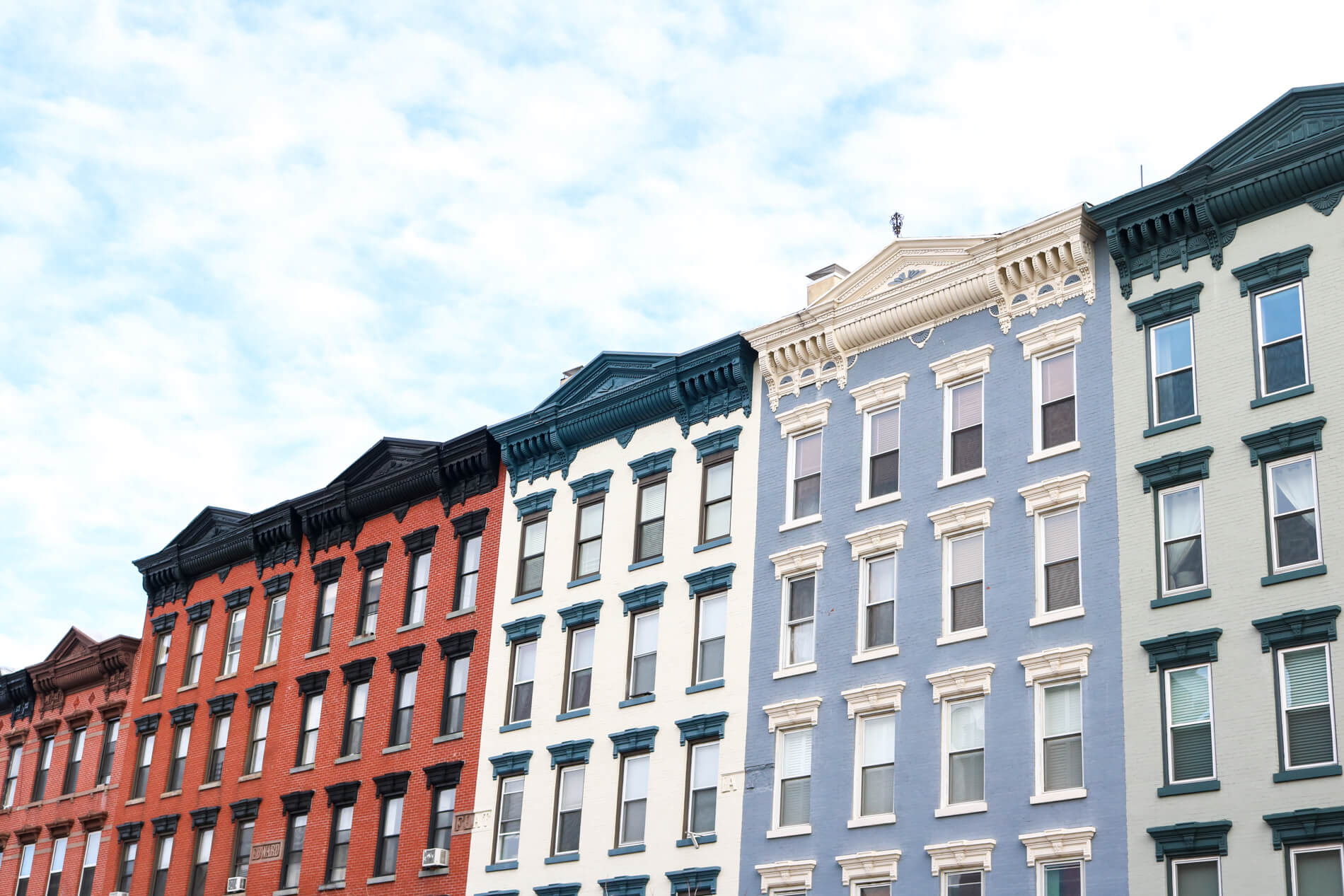
Washington Street is the main commercial spine of downtown with plenty of restaurants and shops in the 19th century buildings that line the street.
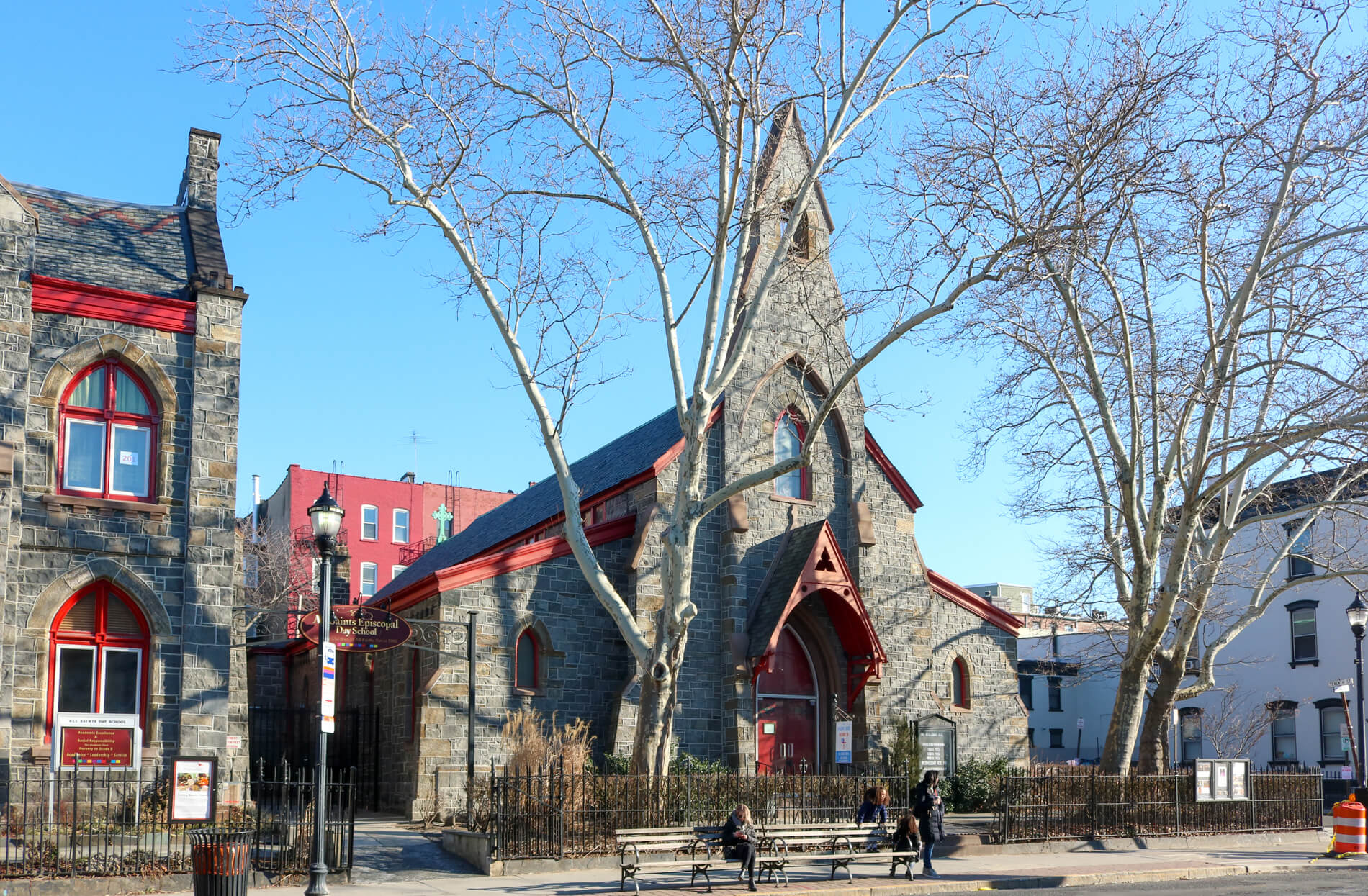
Designed by Brooklyn resident and 19th century starchitect Richard Upjohn, the All Saints Episcopal Church was orginally built in 1856 as Trinity Episcopal Church. According to a history of the church, while the design was by Upjohn it was carried out by local architecture firm Duetsche & Dietz. The Gothic stone church was expanded in 1882.
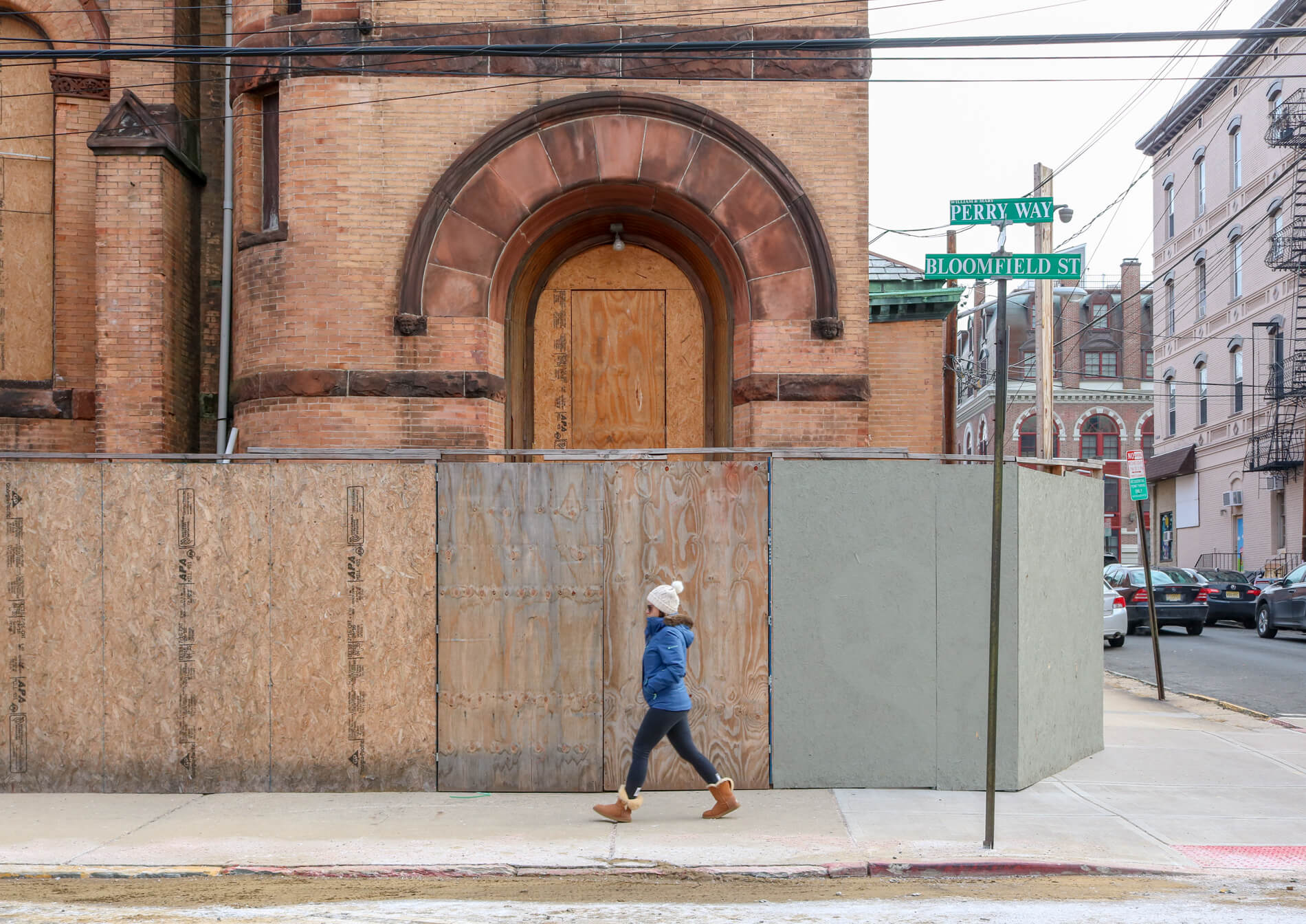
Like Brooklyn, Hoboken is seeing some of its churches going condo after the departure of congregations. The Romanesque Revival style former First Baptist Church was completed in 1891 and designed by New York firm French, Dixon & DeSaldern. Work is under way to convert the building to luxury condos.
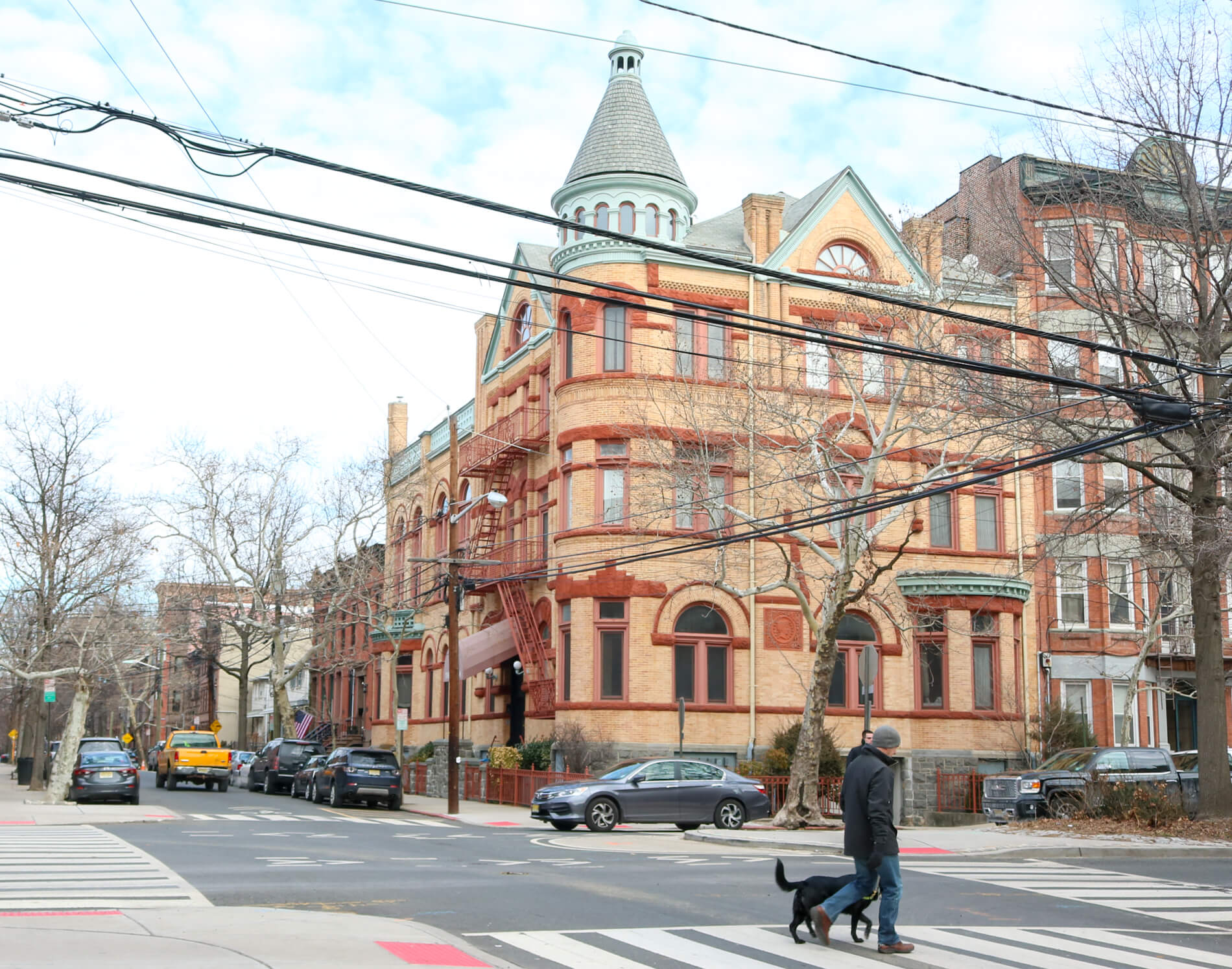
Another fabulous Romanesque Revival style building is nearby. Now condos, the Columbia Club was originally built as a social club — men only — in 1891. By the early 20th century it was the home of the Euclid Masonic Lodge.
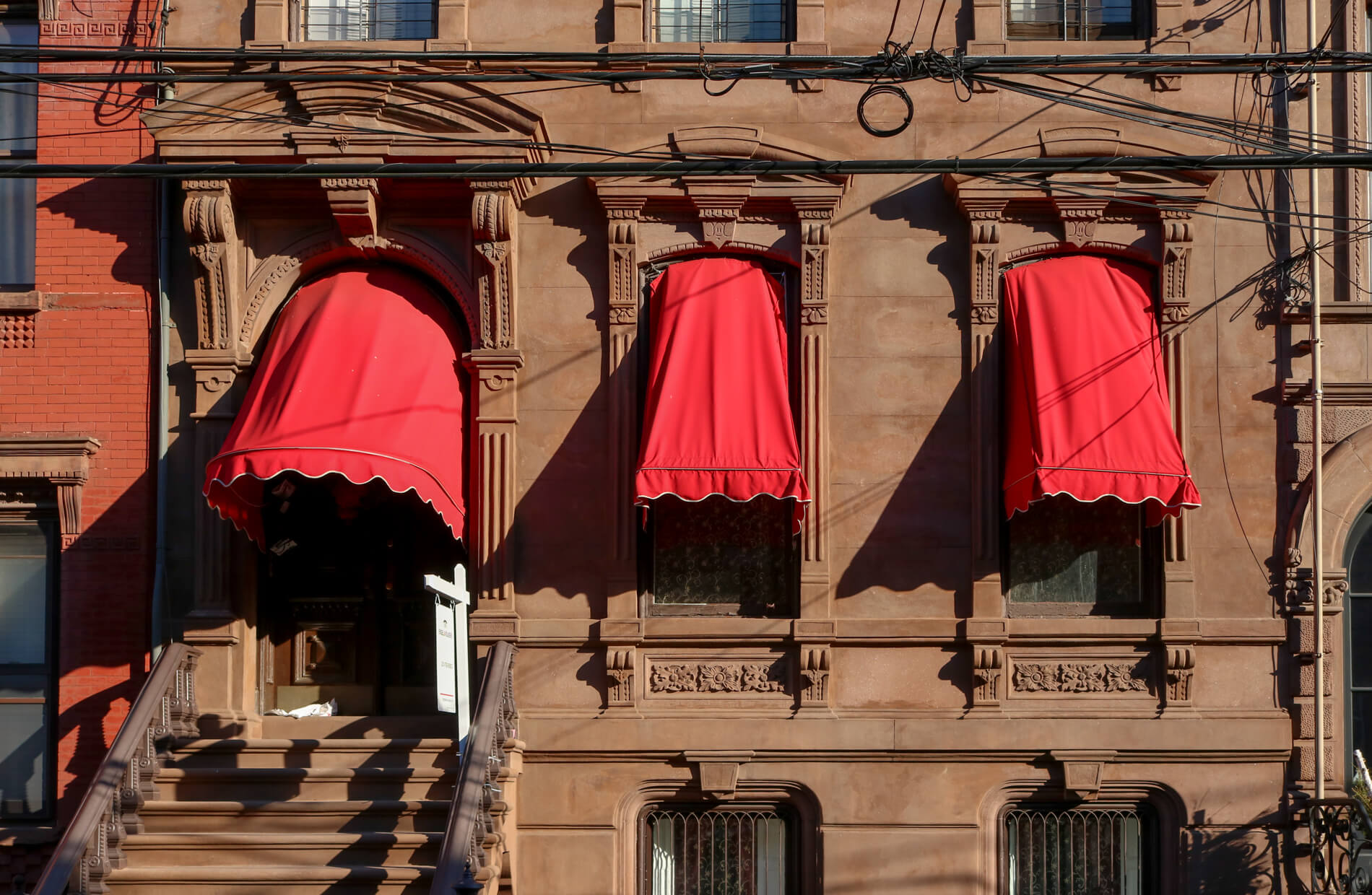
One of Hoboken’s many impressive row houses was the childhood home of photographer Dorothea Lange, perhaps best known for her work during the Great Depression. Her powerful black and white images for the U.S. Farm Security Administration documented the stark living conditions of families in the western United States. Dorothea was born in the house on Bloomfield Street in 1895 and lived in Hoboken until her teen years.
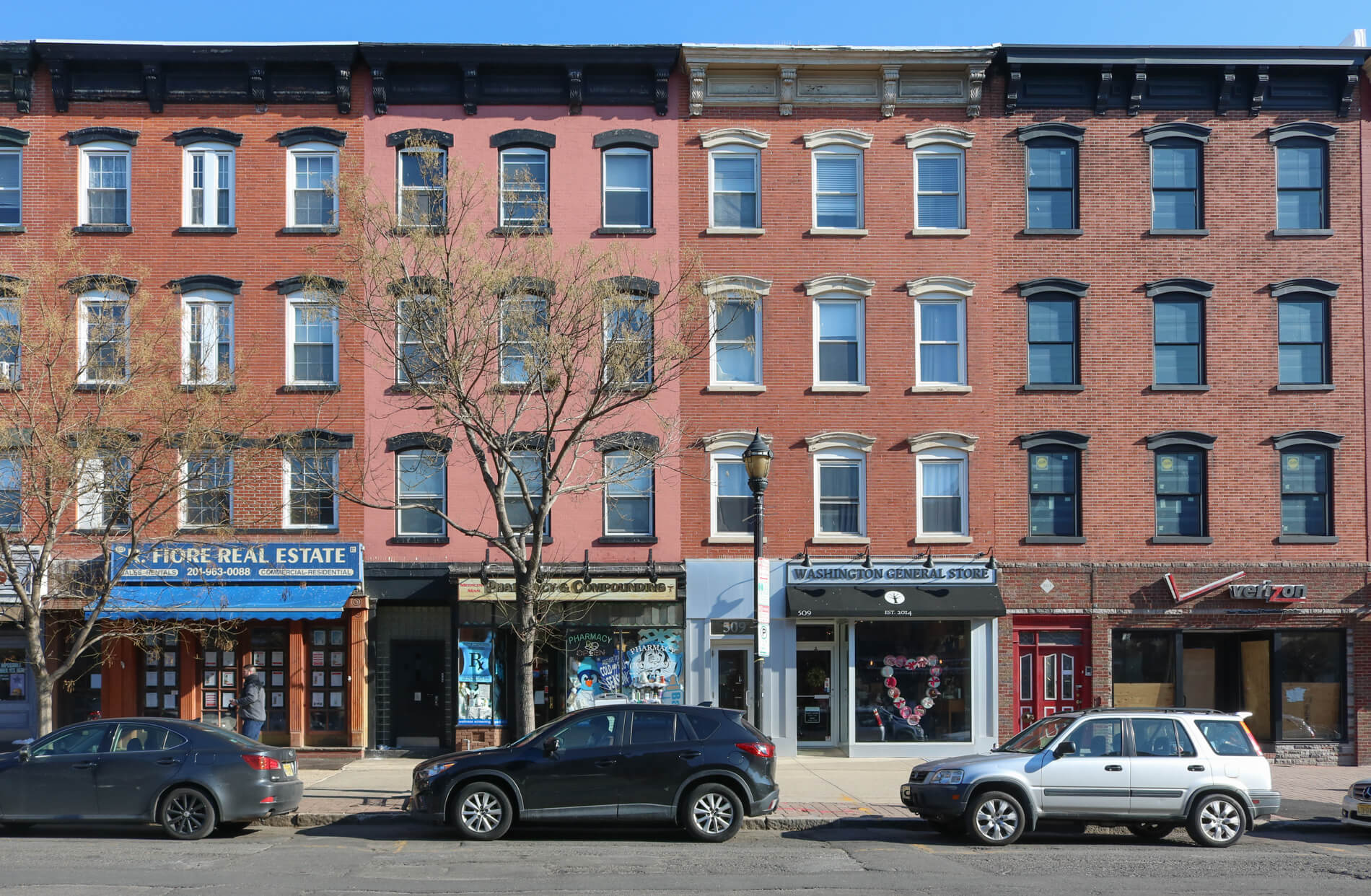
There’s plenty more to see than what is in this brief photo tour, such as the early 20th century homes of the Castle Park neighborhood, industrial architecture, and the campus of Stevens Institute — more than enough to fill a few day trips to the city across the river.
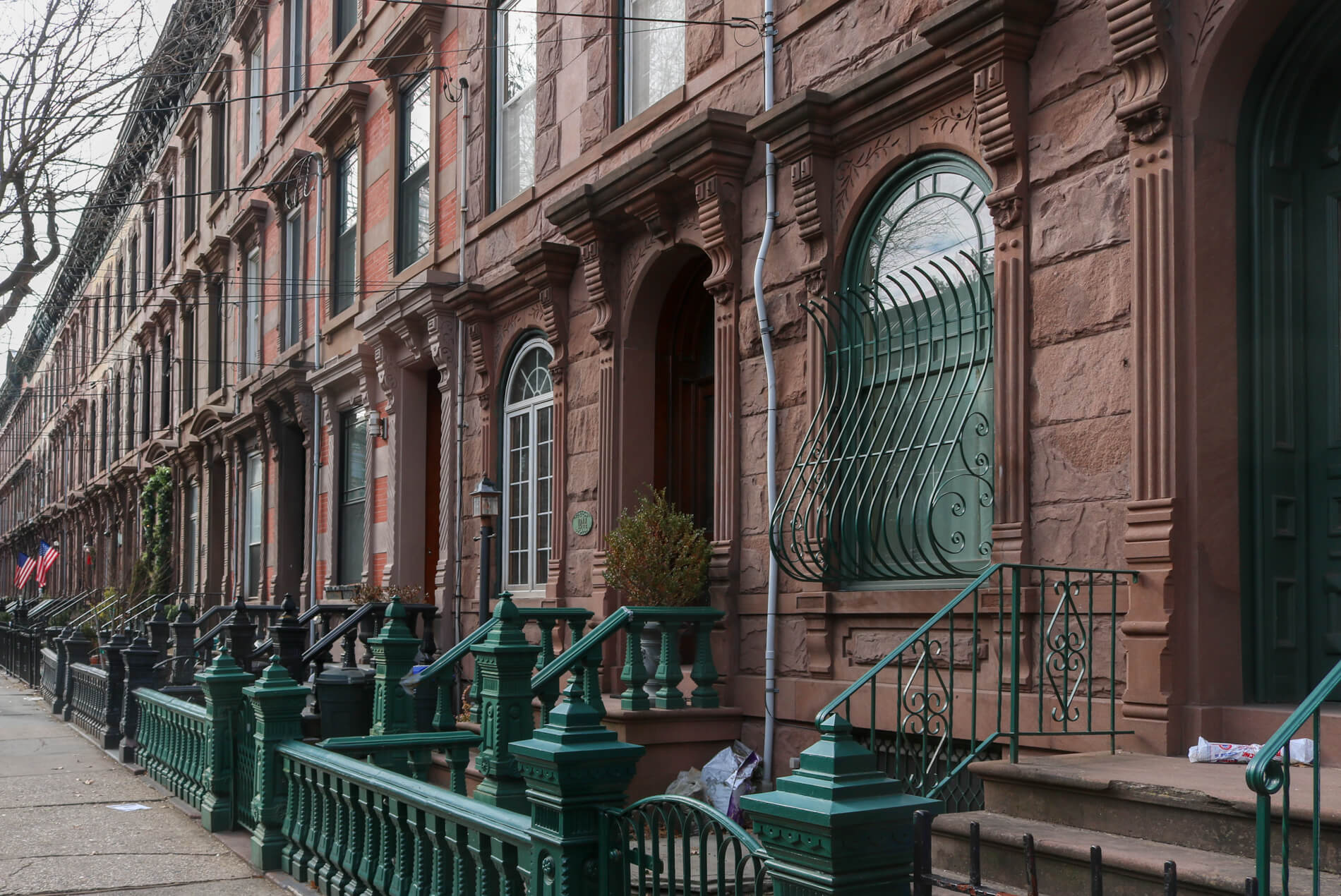
[Photos by Susan De Vries]
Related Stories
- A Wintry Tour of the 19th Century Houses of Newburgh (Photos)
- Tales of Prisoners, Soldiers and Ghosts at an 18th Century Stone House, Yours for $990K
- This All-American Bronxville Colonial Revival Is Big Enough to Host a Football Team — and Probably Did
Email tips@brownstoner.com with further comments, questions or tips. Follow Brownstoner on Twitter and Instagram, and like us on Facebook.

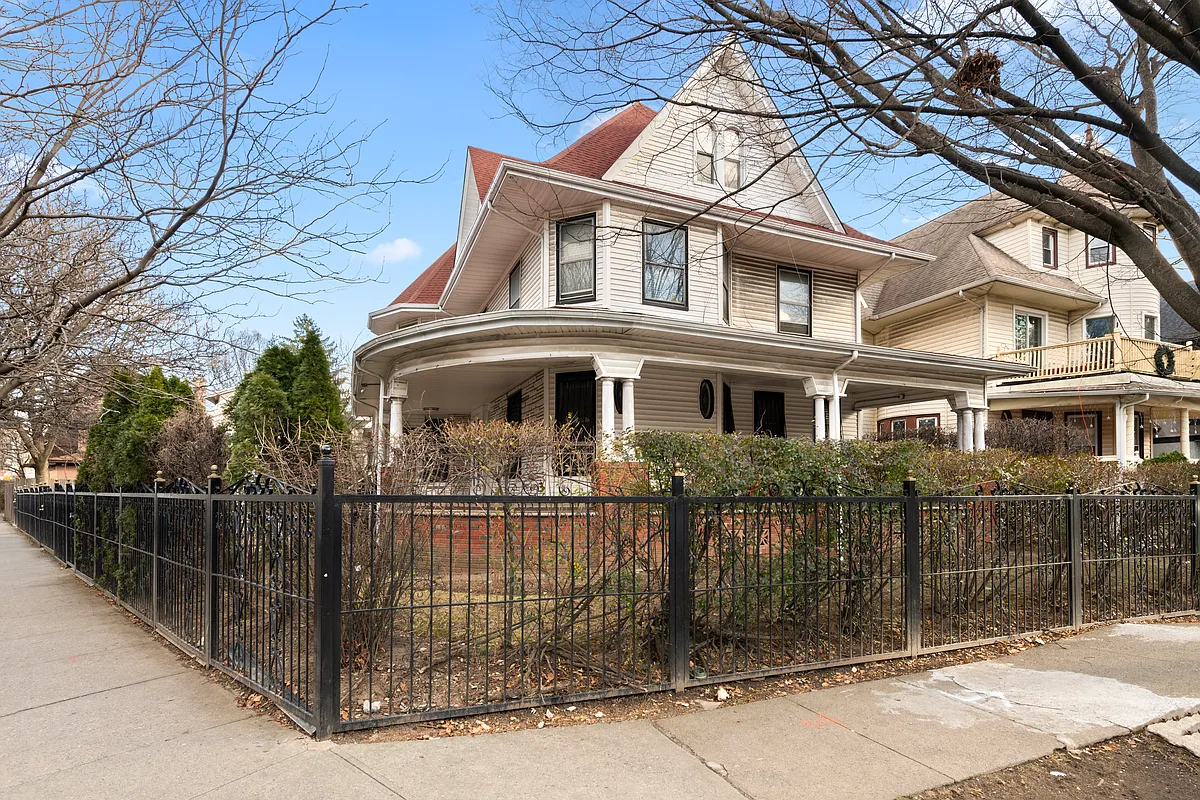
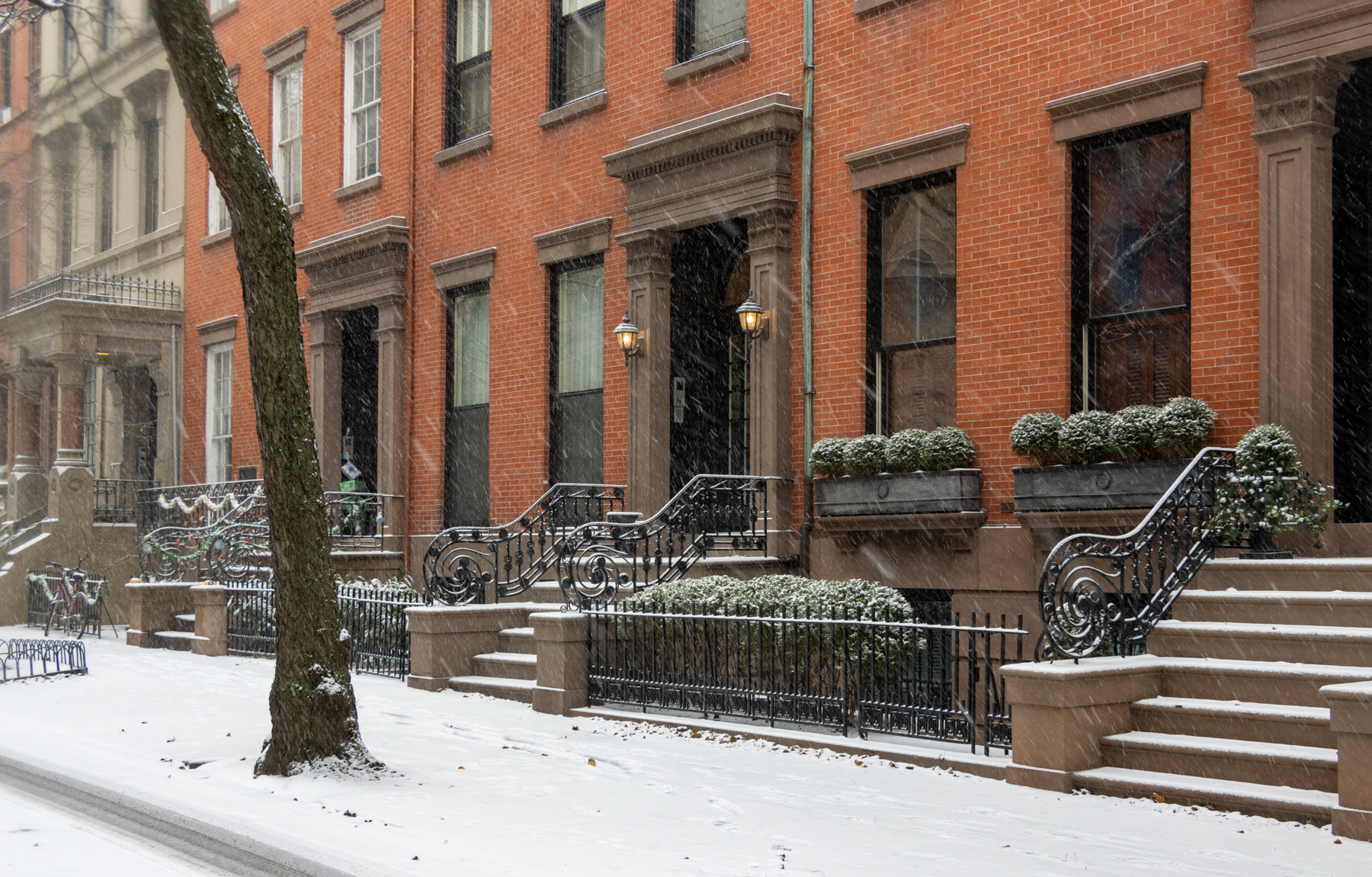

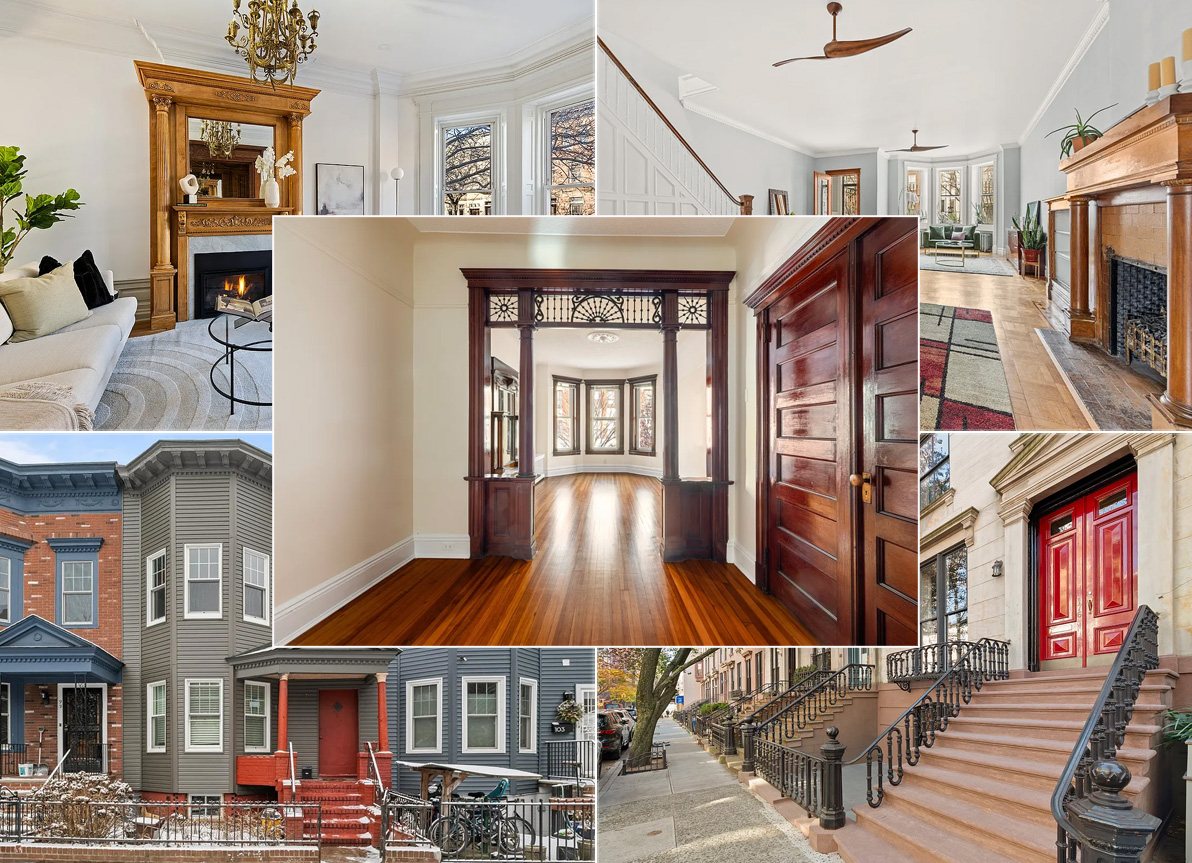




What's Your Take? Leave a Comment